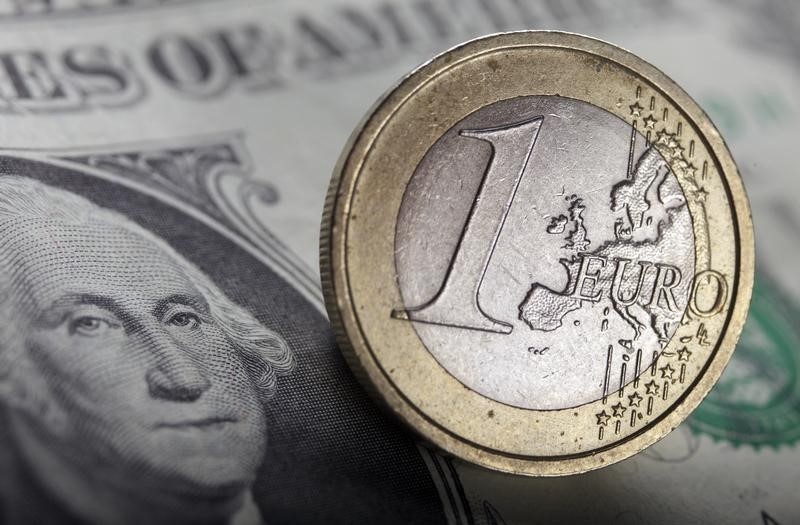Potential Euro-Dollar Parity Triggered by Possible EU-US Trade War
Hibya - Following a survey by European purchasing managers indicating a decline in Eurozone private sector production this month, the euro fell below $1.04 against the dollar last Friday, marking its lowest level since November 2022. The new threat of U.S. tariffs on imports from Europe has further depressed the euro since the U.S. elections. The euro was at $1.09 on November 5, but has depreciated against the dollar for the past three weeks. It closed last week at $1.041, but it may fall further after Donald Trump’s new administration announced its economic plans.
Trump proposed the idea of imposing tariffs of 60% to 100% on Chinese goods and 10% to 20% on goods from the rest of the world, which could make European exports to the U.S. less competitive and harm economic growth. Deutsche Bank analyst George Saravelos calculated that the full impact of Trump's new tariffs, immigration restrictions, and net fiscal spending increases from extending tax cuts has only been "priced in" by financial markets by about 30%, indicating that the currency could experience a significant sell-off if these measures are implemented.
Saravelos told his clients last week, “As a result, the market is still not pricing Trump in very much.” He added, “We are bullish on the dollar and see the euro-dollar rate approaching 1.00 as the pricing of the intensity of Trump’s policy mix nears 50%; depending on what happens next year, there is potential for an even larger decline.”
The Purchasing Managers' Index survey conducted last Friday indicated that Eurozone business activity contracted again in November, triggering a series of bets on severe interest rate cuts in the single currency bloc next month. Money market pricing shows that investors are now pricing in a 50% chance of a half-point or 50 basis point rate cut by the European Central Bank at its December meeting, while a smaller quarter-point cut is now fully priced in. The Eurozone deposit rate dropped to 3.25% following a cut last month.
While Germany, traditionally the bloc's locomotive, is expected to hold general elections against a backdrop of a stagnant economy, France is also expected to experience a slowdown in growth. Kyle Chapman, a foreign exchange market analyst from Ballinger Group, stated, “The composite Eurozone PMI fell to 48.1 thanks to an unexpected drop to 49.2 in the services sector, which significantly increased the likelihood of a 50 basis point rate cut in September.”
“After falling below 1.04 for the first time since the energy crisis of late 2022, the euro is decisively moving past significant thresholds. Once this level is breached, the pair isn't positioned for a major leap now,” Chapman added. However, Trump's selection of Scott Bessent as Treasury Secretary may provide a reprieve for the euro.
Bessent, a billionaire hedge fund manager, is expected to receive “a stamp of approval from global markets” due to his “expertise” and previously stated preference for the “gradual implementation of tariffs,” according to market analyst Tony Sycamore at IG. Bessent told Bloomberg TV this month that falling inflation would lead to lower interest rates and a market-driven depreciation of the dollar.
However, economists expect the new U.S. trade tariffs to be inflationary, leading to higher interest rates and a strong dollar. In this scenario, while the U.S. Federal Reserve maintains high interest rates to combat inflation, the ECB sharply cuts borrowing costs to address the Eurozone's stagnation. Analysts at ABN Amro predict that President Trump’s return would mean a significant increase in U.S. import tariffs by 2025, with China bearing most of the burden, but Europe would also be affected.
ABN Amro analysts forecast, “All of this is likely to lead to a divergence in Fed and ECB policy, with the Fed slowing down and making fewer rate cuts while the ECB reduces the deposit rate to 1%. This will push the euro to parity against the dollar throughout 2025.”


